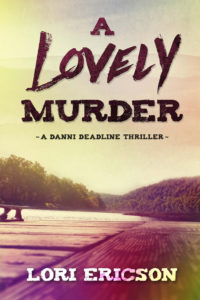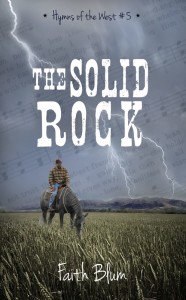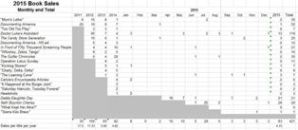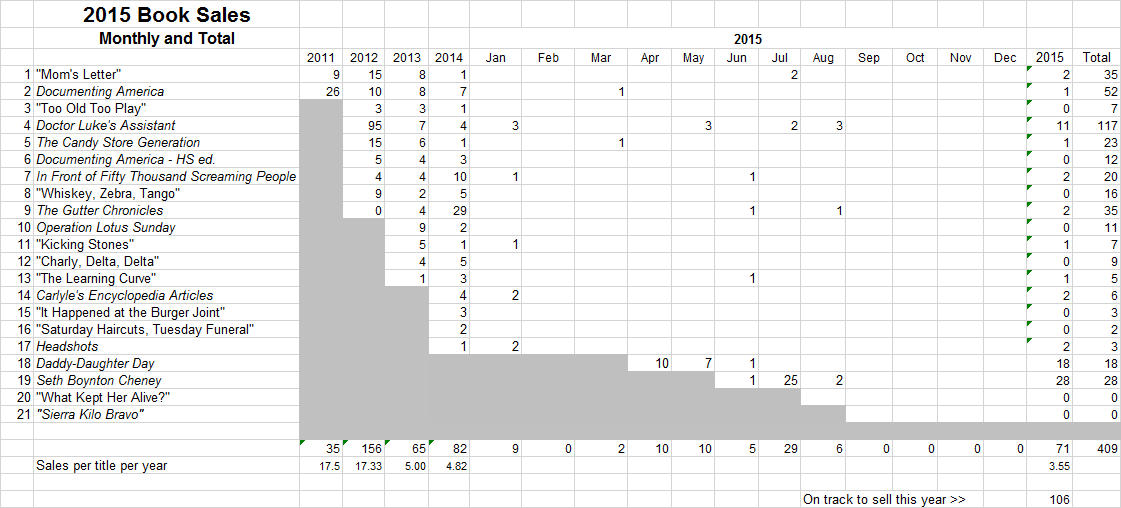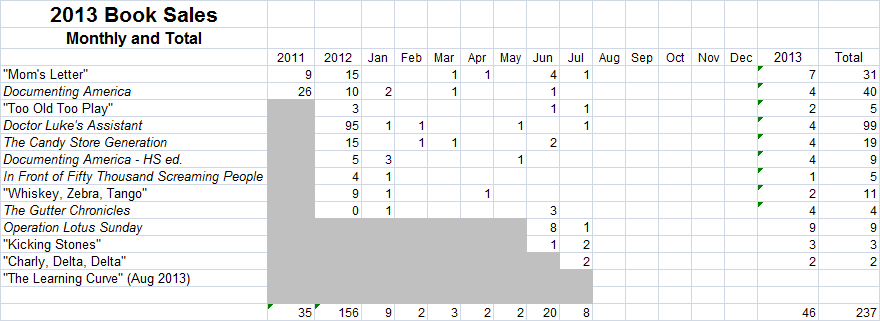DAT: “Disturber of hobbits”? You’ll have to explain that one.
LSR: Why Disturber of Hobbits? I care about hobbits, ordinary people, common Jesus followers like me just trying to survive from the ground to glory. Hobbits are all of us who like to be comfy and cozy, eat our meals on time, and who resist unsettling adventures. The problem is that settling in interferes with traveling on the narrow road to the heart of Jesus Christ, our true home. I write posts about faith designed to disturb the hobbit in all of us and inspire us to forget second breakfast long enough to join the adventure. I write to incite the faltering believer to join the ancient adventure.
The adventure is upon us. We are those who refuse to skim across the surface of faith. I write for all of us who have been unsettled from comfortable places and moved to follow Jesus into the adventure of our times. We may be common souls from small places and simple lives, “But, we are not of those who shrink back and are destroyed, but of those who have faith and preserve their souls.” Hebrews 10:39 ESV
DAT: When and why did you begin writing creatively?
LSR: I’ve always written, as long as I can remember. When I was in first grade, back in the sixties, I could read on an 11th grade level. I sped through my classroom work and my teacher would send me to the library to “read a book and write about it.” That went on through my elementary years until by high school, I was writing book reports about books that didn’t exist. My first published work were two poems in American Girl Magazine when I was fourteen.
DAT: Your first book, Running From a Crazy Man, was published in late 2014. Tell me something about it.
LSR: Running from a Crazy Man (and Other Adventures Traveling with Jesus) is a siren call to the modern believer that the God-adventure can happen even when, like King David, you’re running from a crazy man. Some Christians leave their relationship with God in a sealed box like a collectible that will be worth something “someday.” I write for believers who exercise their faith and break open the box, those who wholeheartedly answered the call to follow Jesus. But then, something happened and now they’re gasping beside the narrow road. They thought they were on the God adventure but suddenly it feels as if all they’re doing is running from a crazy man. Still, they seek the strength to continue the journey.
Crazy Man is a series of short, non-fiction chapters adapted from my most popular blog posts. It isn’t reading for the happily comfortable. These are words for the restless Jesus lover, the long-suffering disciple, the openhearted believer. Be forewarned. The challenges inside are designed to unsettle as well as to incite readers to relish the narrow road even when trouble is their travel companion.
DAT: What is the main takeaway you hope readers will have from RFCM?
LSR: I want readers to walk away convinced they can continue walking with Jesus even though they’ve encountered trouble, trial, or tribulation, and they can live the adventure they dreamed, even in the midst of trying circumstances.
DAT: How has the reception been for it?
LSR: Running from a Crazy Man has received all five and four star reviews on Amazon and I’ve heard from many readers who are in their second or third reading. Some use it as an unconventional devotional. Many are sharing it with their small groups or book clubs.
DAT: I see that your next book was Red Pen Redemption, which was published in late 2015. What’s that about?
LSR: Red Pen Redemption is a novella that takes place entirely one Christmas Eve, much like A Christmas Carol. What would you do if God took you up on a dare? Helen Bancroft’s led a good life and feels no need for her daughter’s Savior. When God accepts Helen’s dare to edit her autobiography and prove her righteousness, she’s in for a lesson in her own history. One woman’s journey from unbelief to acceptance turns into the Christmas Eve adventure of a lifetime beneath the red pen of Christ’s mercy and grace.
I wrote this story with love for all my friends who pray for unsaved parents and hold out the hope of Christ to them even into their eighties and nineties. God has surprises for us even when we think the adventure is close to an end. If you love history or could use a new perspective on your own history, you’ll love Red Pen Redemption!
DAT: Was it difficult to switch from writing non-fiction to writing “holiday” genre fiction?
LSR: Not at all. I like to choose the genre or literary vehicle that is best for each message or story I want to tell. Red Pen’s theme is most engaging through fiction.
DAT: You have a new book coming out in September. Tell me about that.
LSR: Jesus and the Beanstalk (Overcoming Your Giants and Living a Fruitful Life) is my second non-fiction book. I started by asking the question, What if a fairy tale and ten Bible verses could free you to live an effective, fruitful life in Christ?
We live in a world populated with giants. Giant obstacles to sharing faith. Giant barriers to godly lives. Giant strongholds of sin. We come from a long line of giant-killers so, why aren’t we dodging more fallen giants? Jack and the Beanstalk could hold part of the key.
Jesus and the Beanstalk explores 2nd Peter 1:1-10 using fairy tale, humor, and modern culture to show today’s believers how to unleash that promise of an effective, fruitful life. Designed for both individuals, discipleship, small groups, or ministry retreats, readers will find this fresh take on spiritual growth engaging and motivating.
DAT: What do you see in the future for your writing? Since book 3 is in the publishing queue, I imagine you’re well along, or perhaps even finished, with book 4.
LSR: I have several fiction projects I’d like to write (or rewrite) and I’m developing a follow up non-fiction book in the vein of Jesus and the Beanstalk – right now titled, “Jesus through the Looking Glass.” And, of course, I keep on blogging. This summer, I’m taking a master class in screenwriting, so, who knows?

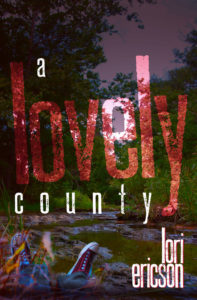 A Lovely County is a thriller/mystery. It’s about a reporter in the Ozarks who has moved back to her hometown after being fired at a statewide daily newspaper. Now working for a weekly paper, she stumbles across a big story when a young boy’s murder turns out to be at the hands of a serial killer. Reporter Danni Edens struggles to beat the competition to the story and redeem her career while she’s out trying to sort out the facts of possible corruption at the county jail. All the while, she’s also dealing with her mother’s mental illness and rumors that could hurt the reputation of her family-owned cemetery.
A Lovely County is a thriller/mystery. It’s about a reporter in the Ozarks who has moved back to her hometown after being fired at a statewide daily newspaper. Now working for a weekly paper, she stumbles across a big story when a young boy’s murder turns out to be at the hands of a serial killer. Reporter Danni Edens struggles to beat the competition to the story and redeem her career while she’s out trying to sort out the facts of possible corruption at the county jail. All the while, she’s also dealing with her mother’s mental illness and rumors that could hurt the reputation of her family-owned cemetery. 